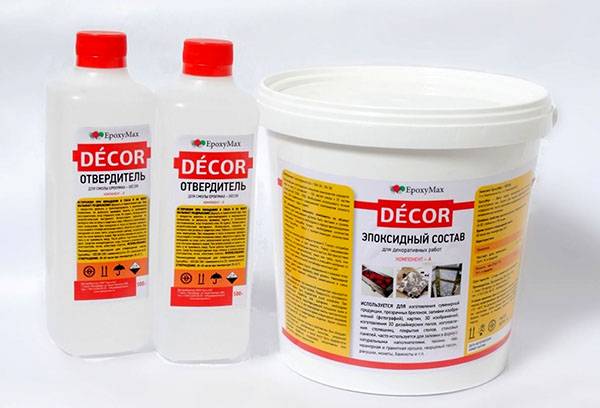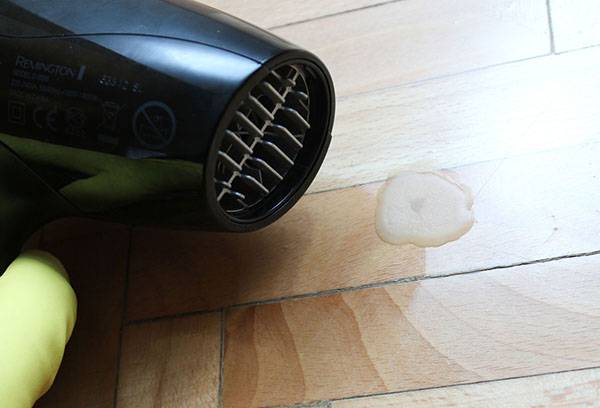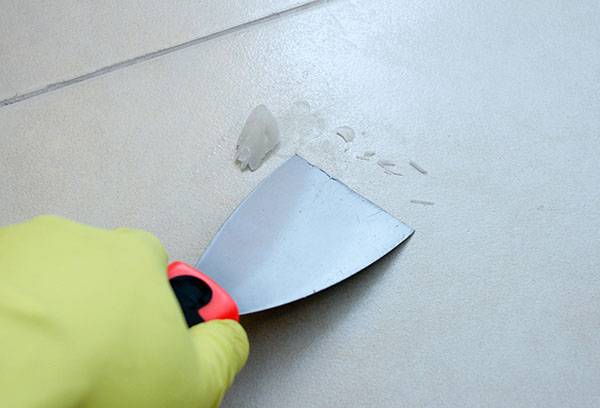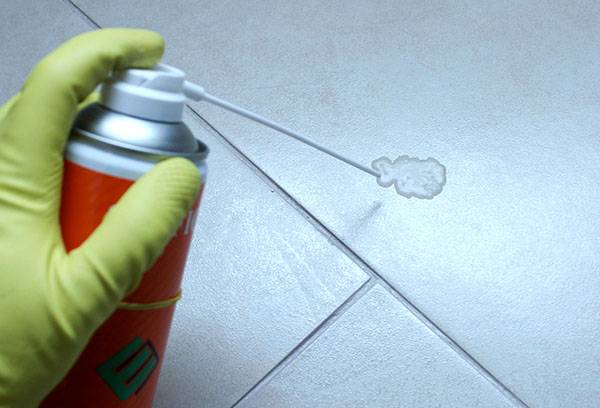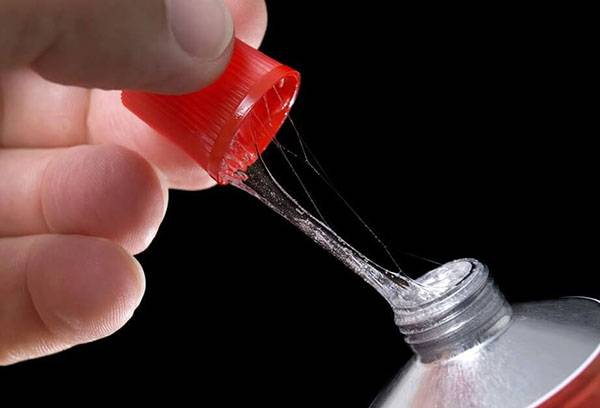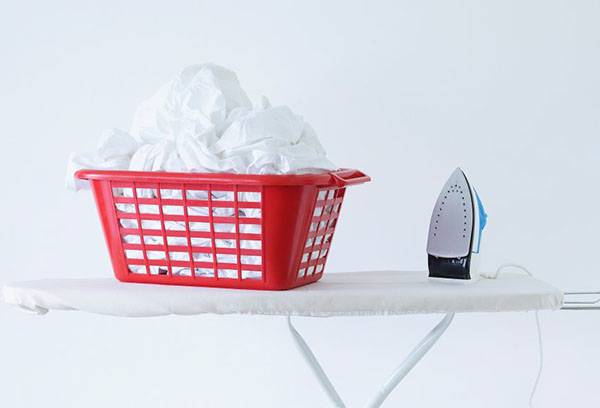How to dissolve dried epoxy and what is needed for this?
Content:
During repairs or in the manufacture of decorative items, furniture, clothes or hands can be stained with persistent chemical compounds. Before dissolving the epoxy resin with caustic fluids, more gentle methods should be tried. These include freezing and heating contaminated surfaces. Before cleaning the stain, it is necessary to protect yourself, family members and pets from toxic fumes.
Why epoxy is difficult to clean
Unlike soft polyethylene, the chemical structure of epoxy is a short polymer chain, giving it special strength. The compound is not used in its pure form, but serves as the basis for the manufacture of glue. For this, the basic substance is mixed with various solvents and hardens during the polymerization reaction. It is very difficult to get rid of epoxy that has got on human skin.
In addition to the dubious aesthetic component, a chemical compound can cause harm to health:
- provoke allergic reactions: urticaria, atopic dermatitis;
- cause burns to the mucous membranes and skin;
- cause intoxication of the body.
Tip
Before cleaning the surface, you need to protect yourself as much as possible. An excellent prevention of possible skin damage is the use of gloves and dense clothing with long sleeves.
If you mix epoxy resin with a solvent, you can get plastic materials with different physical properties. They can be soft, easily deformable, and hard, strong, like metal. Based on this, before you clean something from epoxy stains, you should correctly choose an effective method. Of great importance is the area of contamination and the compactness of the soiled wood or plastic. Some difficulties in removing the resin are its resistance to alkalis, acids and esters.
Surface heating
Epoxy resin is used in the form of a gel, and after it is combined with a solvent, it takes a solid form, which firmly holds the surface together. An effective way to remove stains from glue is to return the chemical compound to its former state of aggregation. To do this, heat the contaminated area with a stream of hot air. So you can clean the tiles or kitchen furniture.
Tip
Before treating a wooden surface, it is necessary to moisten the area to be cleaned with acetone. This method allows you to avoid cracking of wood under the influence of high temperature.
Typically, a hair dryer set to maximum temperature is used to soften the epoxy adhesive.
So, how to clean the heat-resistant surface of epoxy stains?
- A stream of hot air should be directed for 3–5 minutes onto dried epoxy. It is necessary to control the heating process, so as not to damage the surface being treated, to avoid its melting.
- After the chemical compound has been dissolved, it can be carefully removed with a spatula or knife.
The entire hardened resin cannot be removed the first time. It is necessary to gradually remove the stain in layers, evenly heating the entire surface of the pollution.
Pollution freeze
Before you clean the surface of epoxy in this way, you need to wear safety glasses to avoid damage to the eyes with hard fragments. Aerosol refrigerant is sold in hardware stores. Before buying and using, you should carefully read the safety instructions specified in the attached instructions. Children and pets should not be present while cleaning the surface.
Tip
When refrigerant is sprayed into the surrounding space, tiny particles of chemical compounds are released. Before you clean a stain on a contaminated surface, you must purchase a gauze dressing or respirator.
How to remove epoxy with refrigerant?
- To increase the flow of fresh air, before starting cleaning, open the windows and doors.
- Shake the freezing bottle and apply a small amount of refrigerant to the desired area. With proper operation, the epoxy will become brittle and crack.
- Now you can smash the stain with a hard object or remove it with a spatula. The resulting fragments should be removed in a tight bag.
You should not make significant physical efforts when removing frozen epoxy from metal or plastic - you can damage the surface, violate its integrity. If the first attempt does not bring the desired result, the refrigerant is again sprayed onto the stain.
Solvent use
Before dissolving the epoxy, you must select a compound that will not damage the surface. When processing fabrics or plastic products, do not use harsh chemicals that damage furniture or clothing. First they spoil the surface, and only then begin to dissolve the epoxy resin.
But how to clean cloth or plastic?
- Acetone.
- Thinner for varnishes.
- Paint thinner.
The contaminated soaking time depends on the area of the contaminated surface. Before cleaning the desired area, you should open the windows and doors, and if possible, the workpiece to move out.
Tip
Do not try to immediately reduce the stains - so you can damage the surface of plastic or wood. Before cleaning it, the solvent must be evenly moistened with contamination, and then with the help of a spatula, remove the upper softened layer.
A persistent stain can be dissolved with methylene chloride, known for its ability to destroy the chemical structure of epoxy. But the caustic substance is classified by doctors as a carcinogen, so few people managed to get the reagent. Before cleaning the contaminated area in this way, it is necessary to take increased safety measures.
Removing Epoxy from Human Skin
When gluing surfaces, gloves are sometimes damaged, and epoxy gets on the skin of a person. To prevent a chemical burn, you should:
- quickly remove gloves;
- wash your hands and rinse them with any disinfectant solution;
- pat the skin with a cotton towel.
Solvents are used to remove the still-cured epoxy. How to remove stains on the hands:
- acetone;
- denatured alcohol;
- alcohol;
- nail polish remover.
You can not completely wet the entire surface of the hands with a solvent, since under the influence of aggressive substances it will be covered with small painful cracks. You need to put a little money on the cotton pad and wipe the formed epoxy stain. After cleansing, rub any nourishing cream into the skin.
Removing stains from clothes
After the adhesive enters clothing or upholstery, it quickly absorbs and hardens. Before you remove the epoxy resin from your favorite blouse, you need to assess the degree of damage caused. An aggressive compound can completely destroy the tissue, and in this case there is no point in cleaning. But if the stain is small, try to save the clothes.
How to clean the surface of contamination?
- Using mild solvents (ethyl alcohol, 10% ammonia solution).
- Having placed the clothes in the bag, put it in the freezer.
- Iron the stain with an iron over several layers of gauze.
After removing the epoxy, the clothes must be washed in a washing machine. If the freezing did not help, then you should not despair - you can try other ways.
Economical and prudent housewives know how to clean any surfaces from stains, even from resistant epoxy. For this, expensive solvents and technical devices will not be required. You just need to be patient and make little effort to remove dirt from the surface of tiles or wooden furniture. But before you clean them, you need to remember the rules for working with toxic compounds.
